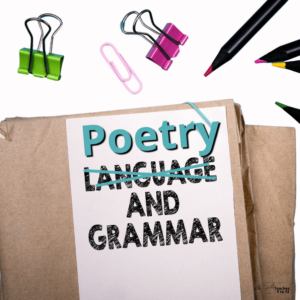Sharing is caring!
Flashback
Mid-1990s. My grade 10 English teacher – Mr. K. – declares “these are writing journals for students of English” and distributes random notebooks, asks the class a question, and tells us to write until the song ends. He presses play on the CD player (it’s the nineties remember) and Led Zeppelin’s Stairway to Heaven begins (8 minutes!). We write. For 8 minutes!
Flashback 2
Same year. Same class. Same notebook. New question, well actually a quotation this time. Same instructions: write until the song ends. New song: Smells Like Teen Spirit by Nirvana (4 minutes).
Mr. K. provided us time and space in class just to think and to write. He maintained two piles of writing journals for students identified with two pieces of masking tape – READ and DON’T READ. And at the end of our writing session we could drop our notebooks in either pile. I don’t think I ever dropped mine in the DON’T READ pile because I was so excited to share my thoughts and let me know what they thought too.
It’s the class I looked forward to the most because you were never sure what day we’d get to write in our journals and what music the teacher would play. Curiosity was a motivating factor for me – still is!
These flashbacks are the solid memories I have, along with a few others, of classroom work in high school. “Writing journals for students of English” is what has stuck with me as a person and as a teacher. When I first started teaching and now, year after year, I make every effort to include journal writing for students where I’m now the teacher.
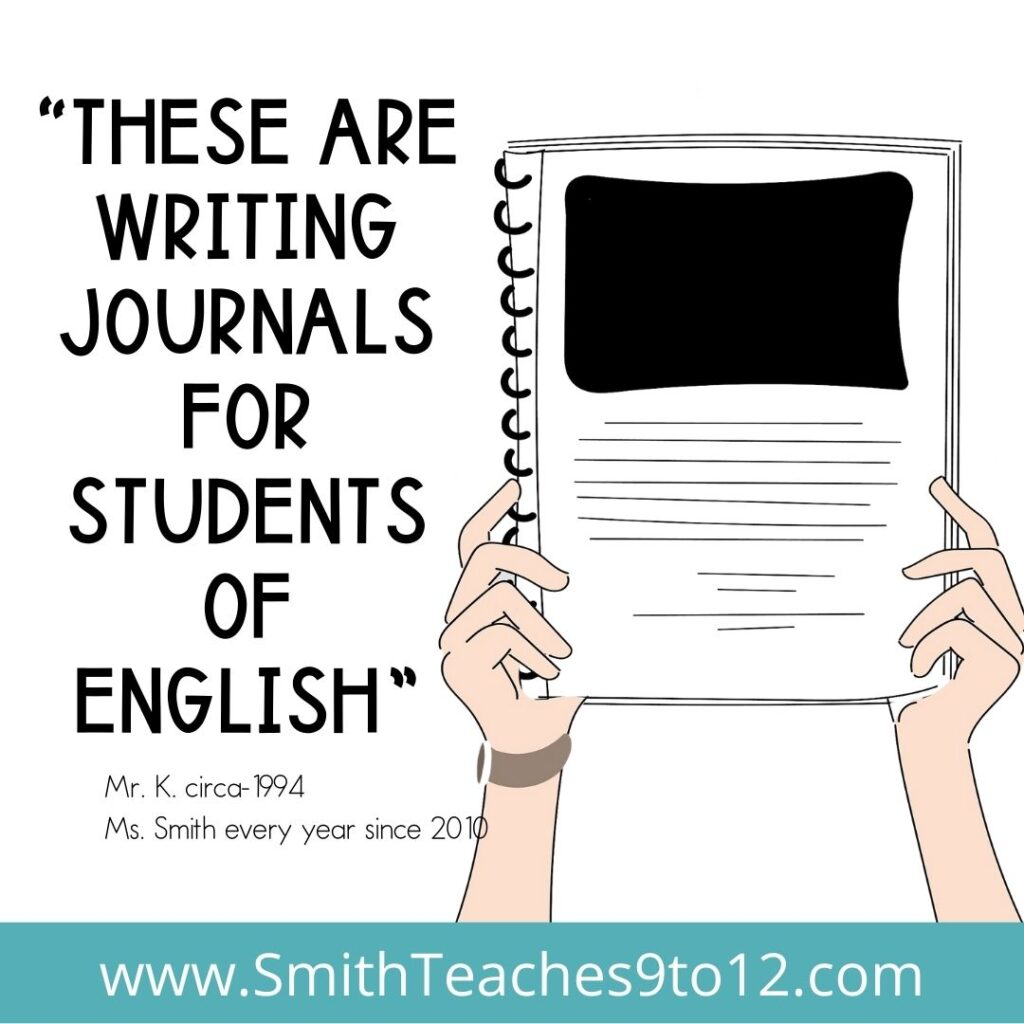
Why Writing Journals for Students?
At the time I wasn’t sure why Mr. K had us write in these journals. We never did anything more than write, submit, and then write, submit again. He didn’t tie it to an assignment. He didn’t grade them. We didn’t discuss contents beyond any comments he’d include in the margins of our work.
For me, now as a teacher, I see the likelihood is that it was all for building relationships with students. The writing journals for students was more about the ‘for students’ than the writing journals part! These journals provided space to think about random prompts, to ‘talk’ to an adult, as needed, and just to write. From what I recall most things I shared were absolutely mundane but in the moment were likely huge! But Mr. K. was doing SEL before it was actually called SEL in education circles!
Beyond SEL, writing journals for students are good practice for sustained writing and/or timed writing. Students, whether in the year you teach them or in their future, will do timed writing of some sort. Maybe it’s state testing or subject exams, etc. A low-pressure journal entry starts to build that stamina and muscle memory.
Writing Journals for Students – How Does it Work?
How to Get Started
This is where you can make an early decision but always revisit it later. There are lots of options online for a set of prompts for writing journals for students in high school. You can check out this set of digital options here. For this you can select based on type and use a slide to present the prompt. Students then respond in the accompanying digital notebook or on paper. If you just want a quick list of prompts to refer to you can check out this FREEBIE.
But if you’re more DIY then use that first journal prompt to have students come up with their own prompts. This crowdsourcing means students provide you with a guide to their interests and what they want to talk about; this student voice component is invaluable as you build the community in your classroom.




Ask students for 5-7 prompts on that first day. Collect these prompts and sift through to see what you might use in class. Consider categorizing them: SEL, fun, current events, totally random. (And there will be some totally random ones… a student put forth a question about whether your stomach recognizes potatoes in different forms – mashed, roasted, french fry, etc. or whether it just thinks everything is simply potato. See RANDOM! But interesting for a low-key day that needs a kick off of creativity for the lesson to come.)
Process of Journal Writing
I keep a copy of the sorted prompts and pick something based on the day. Sometimes it’s a matter of asking students if they want fun, random, current events, etc. Then choose a prompt and everyone writes about that prompt – they can go off topic or stick closely to it.
Students get notebooks in hard copy and digital form. They can use either option and this might shift for them depending on the prompt, the day, our class location. This flexibility means a student’s accommodation is easily met if they need tech to support their learning.
You might use 5-10 minutes at the start of a class at least once a week or devote 20 minutes every other Friday for writing and class chats. Students write. Musical selections might vary. Though I have been known to use Stairway to Heaven when I really want students to dive deep into a prompt (Shout out to Mr. K.!). The goal is to write for a set duration of time. It’s best to start short with 3-5 minutes and build the stamina to reach 7-10 minutes or more!
Check out this Spotify playlist for songs of different durations that could work in your classroom! The start of the year is a great opportunity to get input about students’ musical preferences. A non-traditional ice breaker that I use in my classroom is getting students to share their favorite songs with a brief rationale. Here’s a ready-made version you could use in your classroom right away. This is so helpful to get students chatting about music they like and why. Plus, it helps me as the teacher have some insight into the student AND build a playlist. I do this at the start of the year and students love when their song choice makes an appearance during journal writing time.
Now once students finish writing for the day, here’s where I veer in a different direction from Mr. K. At the end of free writing time, I ask for volunteers to share – sometimes in small groups – in order to encourage classroom relationship building too.
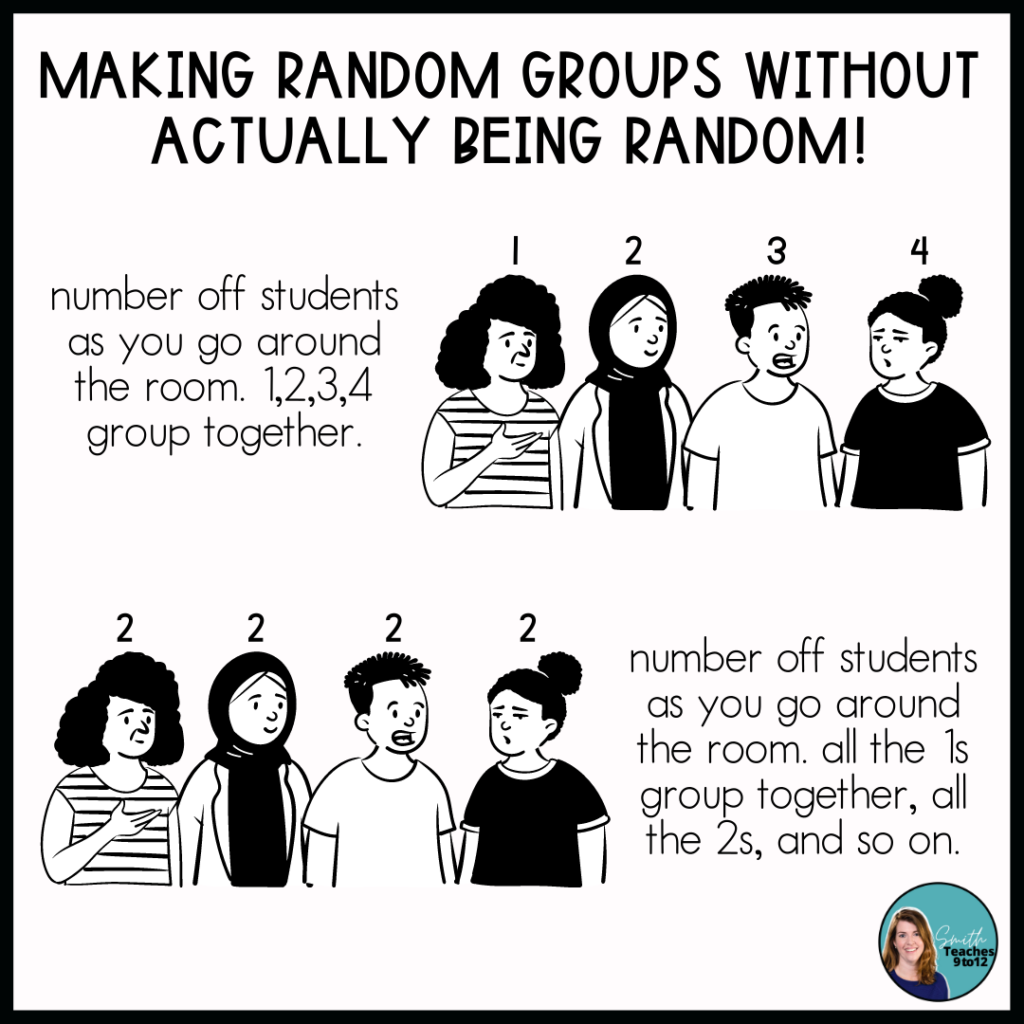
In forming these small groups I’m being purposeful even though students don’t know it… numbering them deliberately to form a particular group. 1, 2, 3, 4 and all 1s together, 2s together, etc. or 1234 makes a group, whichever makes it less obvious. And when the small group chats happen, it’s tied to a low-stakes prompt, particularly when if it’s close to the start of the year and our class community building is in its infancy.
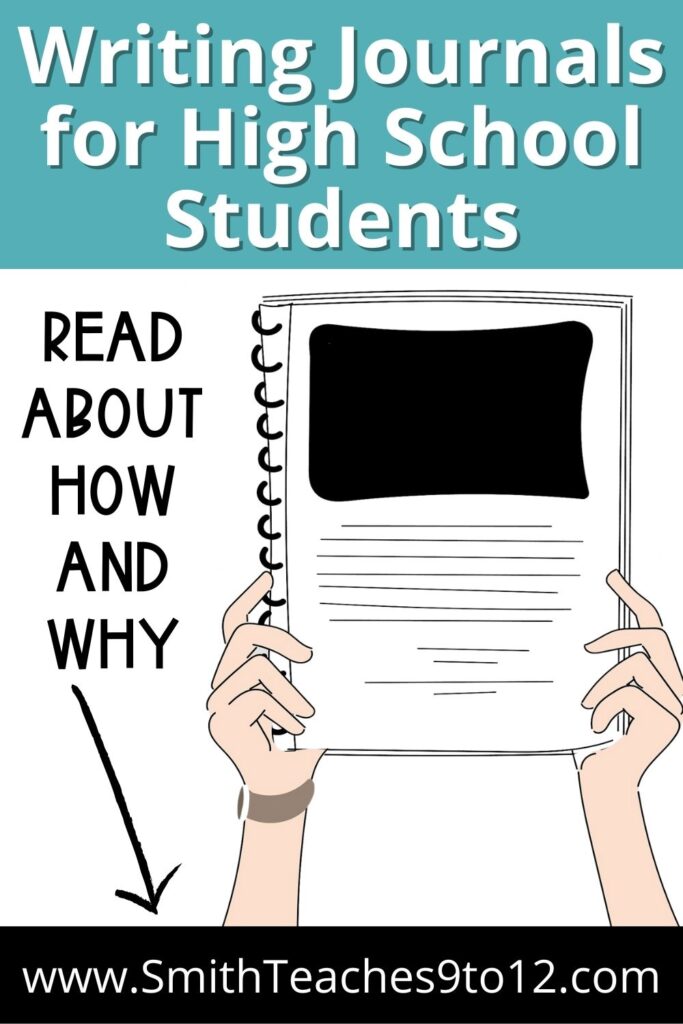
Potential Next Steps
It is rare that I will ask students to do more with this writing. You could use the topics to explore characters or move to narrative writing but more often than not, this writing is designed for community building, writing practice, a check-in of sorts with students, or just a creative activity that might be related to the lesson or activity of the day.
Check out Missy from A Better Way To Teach with an approach to integrating grammar instruction into journals or quick writes in her post A Proven Way to Teach Nouns, Verbs, Adjectives and Adverbs in High School.
Whatever you choose to do after journal writing I hope you’ll dive into the first step. Maybe 20 or more years down the road your students will remember that ridiculous response about how a stomach feels about potatoes or even the music played that day!
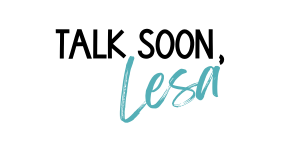
Related Articles:
- Personal Narrative Writing in ELA
- From McLaughlin Teaches English – Teaching Students How to Write Amazing Double Entry Journals


